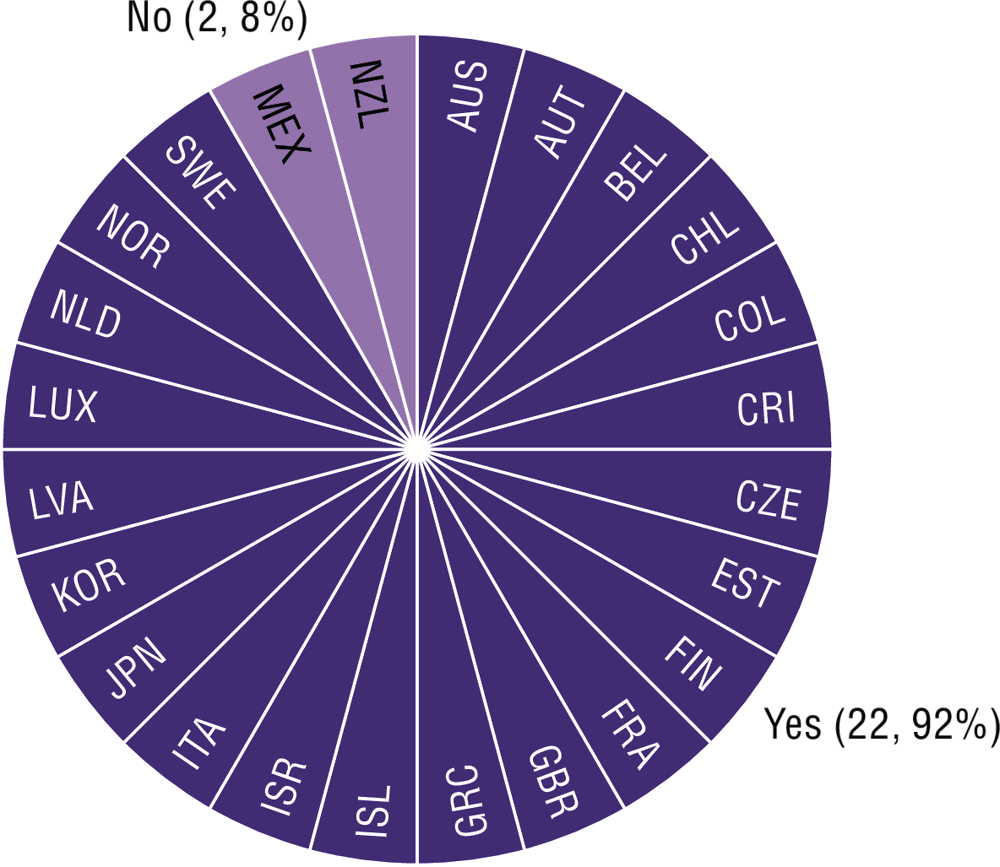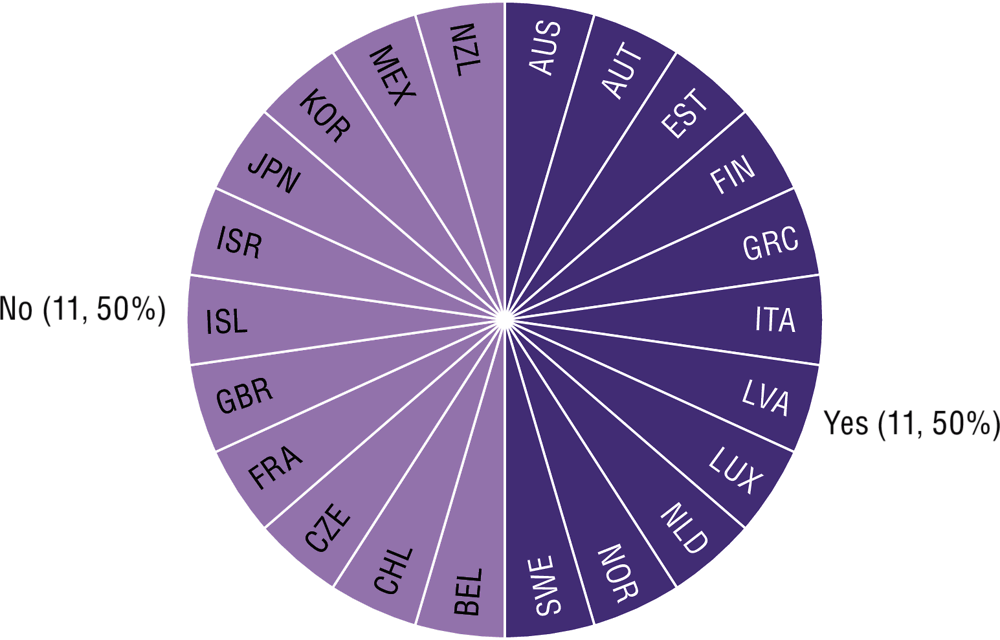Given the fiscal sustainability challenge faced by health systems, an effective dialogue across government agencies responsible for the health budget is crucial. One important aspect is medium-term financial planning for health, which involves taking a strategic, multi-annual approach to budgeting, looking beyond the one-year annual budget. This includes defining priorities and allocating resources for health over a multi-annual period so that spending decisions are driven by the evolution of health needs. Successful medium-term financial planning for health offers substantial benefits for the health sector, including improving the predictability in future resource envelopes that allows health agencies to effectively plan. However, the challenge is to design a medium-term framework that allows health agencies to plan based on a reasonable assumption of available financial resources, while preserving the government’s flexibility to adjust to policy changes.
Medium-term financial planning for the health sector can be addressed through various tools, with the preparation of medium-term projections (2-5 years) being a prerequisite for developing a forward-looking perspective for the health system beyond the budget year. Official medium-term projections are prepared by public bodies, or by independent bodies on request from government. Most surveyed OECD countries fulfil this prerequisite and estimate the health budget for future years (22 out of 24 country responses, 92%) (Figure 6.10). The results of medium-term financial planning for the health system should inform the annual budget process resulting in a better match of resources to health sector priorities. As a starting point, health spending projections can be integrated into government budget documents. This informs parliament and other stakeholders of the emerging spending requirements for the health sector. Half of surveyed OECD countries include such projections of the health budget for future years within government budget documents (11 out of 22, 50%) (Figure 6.11). For countries with a compulsory health insurance scheme – such as Belgium and France – projections are integrated into separate budget documents for social insurance institutions.
Through the annual budget process, medium-term projections for the health sector can be translated into multiyear budget allocations. The purpose for medium-term financial planning for health however varies among OECD countries, with just under half of surveyed OECD countries using medium-term financial planning for health as the basis for budget allocations (10 out of 21, 48%). In four countries (Finland, Iceland, Italy, and Latvia), medium-term financial planning for health is used as the basis for binding budget allocations. Further, binding ceilings on health spending beyond the current fiscal year are set in Greece, Israel, and the Netherlands, with a guaranteed minimum floor on health spending set in Chile, Costa Rica and the United Kingdom. For the remaining countries, medium-term financial planning for health is limited to being used only for informational purposes in just over half (11 out of 21, 52%) of those surveyed countries that produce medium-term expenditure estimates (Figure 6.12). Here, medium-term expenditure projections are intended to highlight the future costs of current policies but do not bind future decisions of policies.



